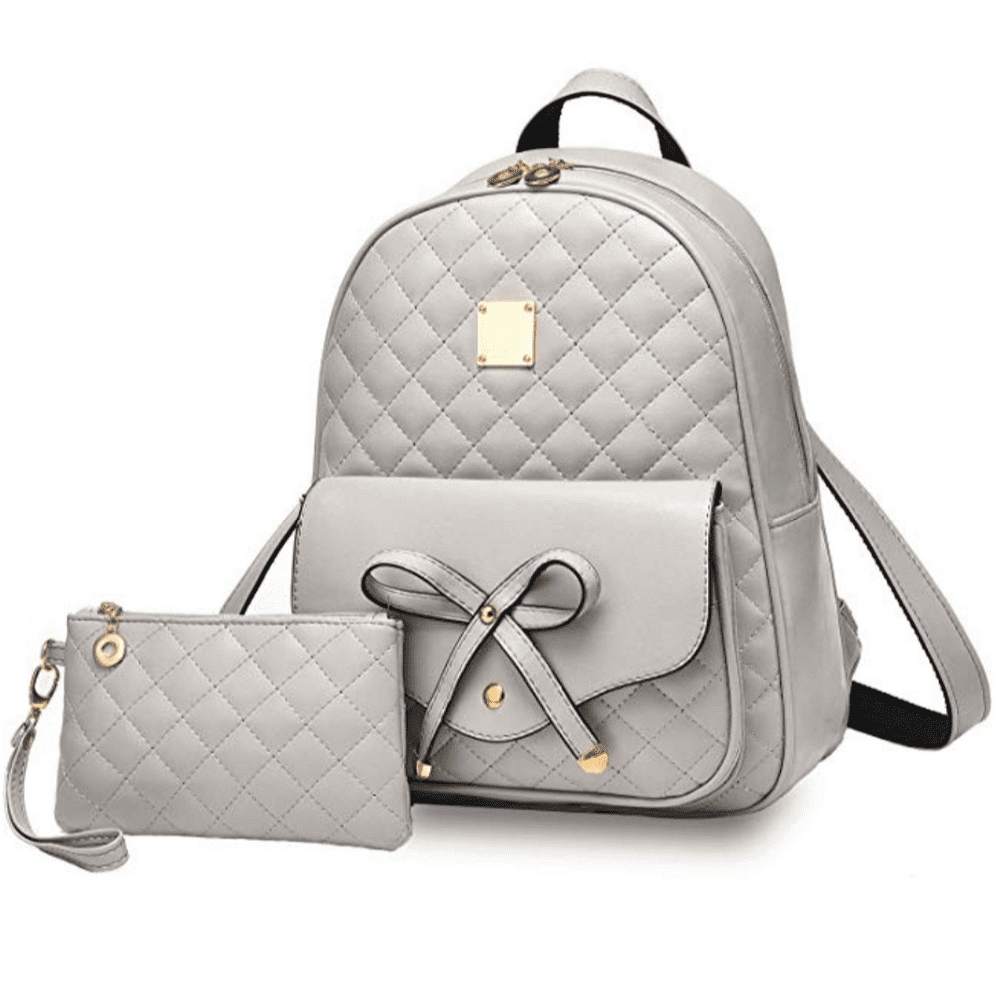Introduction: Small backpacks have long been an essential accessory for daily activities, offering convenience and storage for personal belongings. This study aims to investigate the evolutionary journey and design aspects of small backpacks, exploring their evolution, materials, ergonomics, and functionalities. By examining the numerous advancements in design and technology, this report offers valuable insights into the development and significance of small backpacks in modern society.
Evolution of Small Backpacks: The history of small backpacks dates back centuries, evolving from basic pouches and sacks used for carrying essentials during travel. Early small backpacks were primarily constructed from natural materials, including animal hides and woven fibers. These rudimentary designs lacked proper weight distribution mechanisms and ergonomic considerations.
In the mid-20th century, advancements in textile technology revolutionized small backpack design. Nylon fabrics replaced traditional materials, offering enhanced durability, water resistance, and lightweight properties. Additionally, the inclusion of zippers and pockets introduced organizational features, elevating the functionality of small backpacks.
Design Considerations: 1. Ergonomics: The study of ergonomics in small backpack design has played a pivotal role in enhancing user comfort and spinal health. Ergonomically designed shoulder straps, adjustable sternum straps, and padded back panels distribute weight evenly, reducing strain and minimizing the risk of injuries.
2. Size and Capacity: Small backpacks come in various sizes, providing options suitable for different purposes. Manufacturers consider the appropriate size-to-capacity ratio, ensuring the adequate storage space needed while keeping the backpack compact and lightweight.
3. Compartments and Organization: The inclusion of multiple compartments and pockets helps users organize their belongings efficiently, increasing accessibility and reducing clutter. Internal separators, laptop sleeves, and external mesh pockets have become common features, enhancing the overall usability of small backpacks.
4. Aesthetics and Fashion: Contemporary small backpacks have transcended their utilitarian origins to become fashionable accessories. Designers now incorporate trendy patterns, colors, and materials to cater to diverse consumer preferences, making small backpacks an expression of personal style.
Materials and Construction:

1. Fabrics: Nylon and polyester fabrics dominate the market due to their exceptional durability, water resistance, and lightweight properties. Additionally, these materials enable customization and printing, allowing for unique branding opportunities.
2. small backpack purse and Buckles: Manufacturers have shifted toward high-quality YKK zippers and robust buckles to ensure longevity and reliability.
3. Reinforcements and Padding: Small backpacks often utilize reinforced stitching and seams, along with durable padding on the back panel and shoulder straps. These features provide structural integrity and enhance user comfort.
Technological Advancements: 1. Anti-Theft Features: With the rise of digital devices, small backpacks now incorporate hidden and secure pockets, RFID-blocking materials, and lockable compartments, ensuring the safety of valuable possessions.
2. Charging Port Integration: Some modern small backpacks include built-in charging ports that allow users to conveniently charge their electronic devices on the go, catering to the increasingly connected lifestyles.
Conclusion: The study presents a comprehensive exploration of the evolution and design aspects of small backpacks. From their humble origins to their contemporary iterations, small backpacks have profoundly impacted our lives by providing convenience, durability, and style. Through continual advancements in materials, construction, ergonomics, and functionality, small backpacks have evolved to meet the ever-changing needs and preferences of consumers. This study serves to underscore the importance of thorough research and innovation in shaping the future of this popular accessory.

